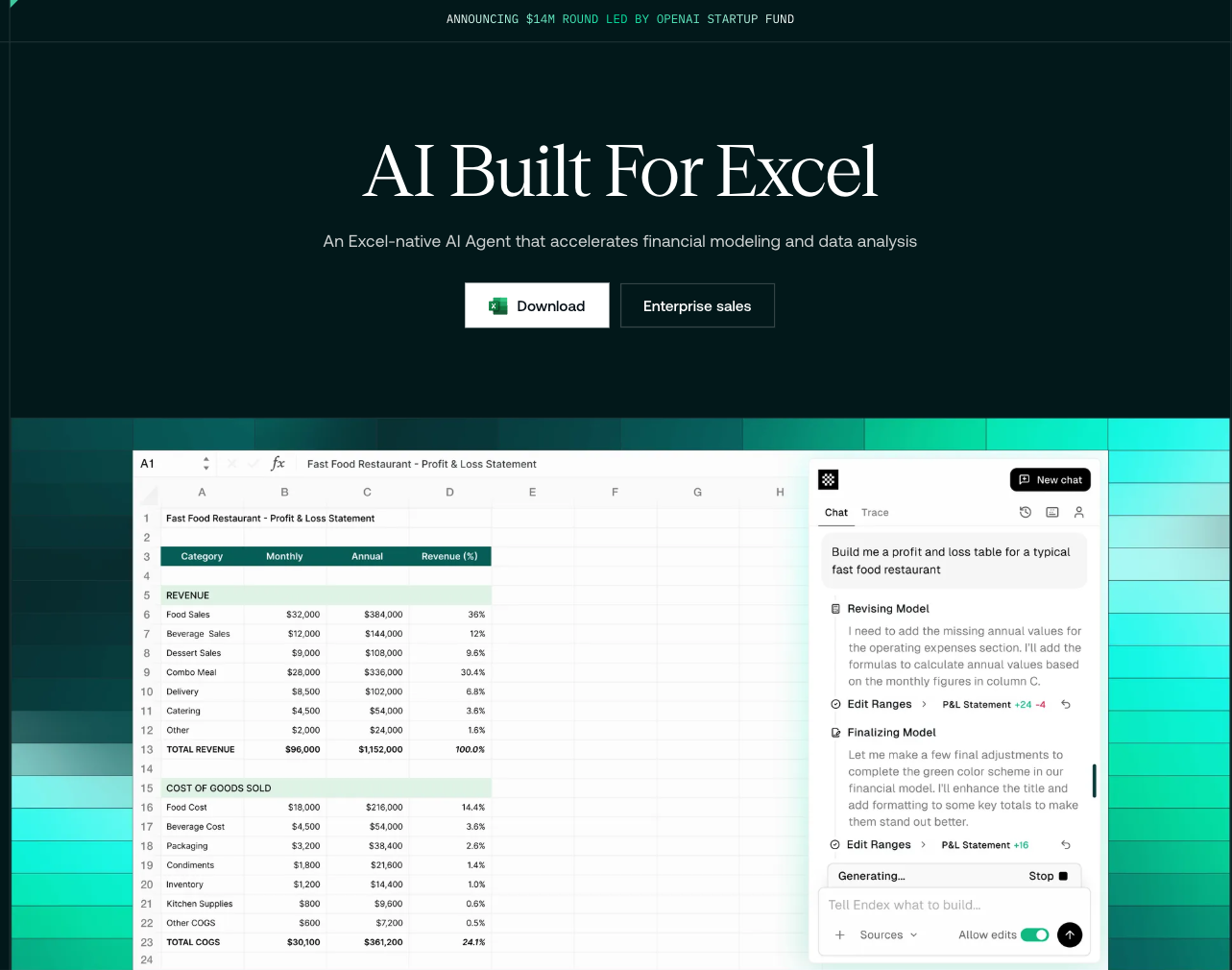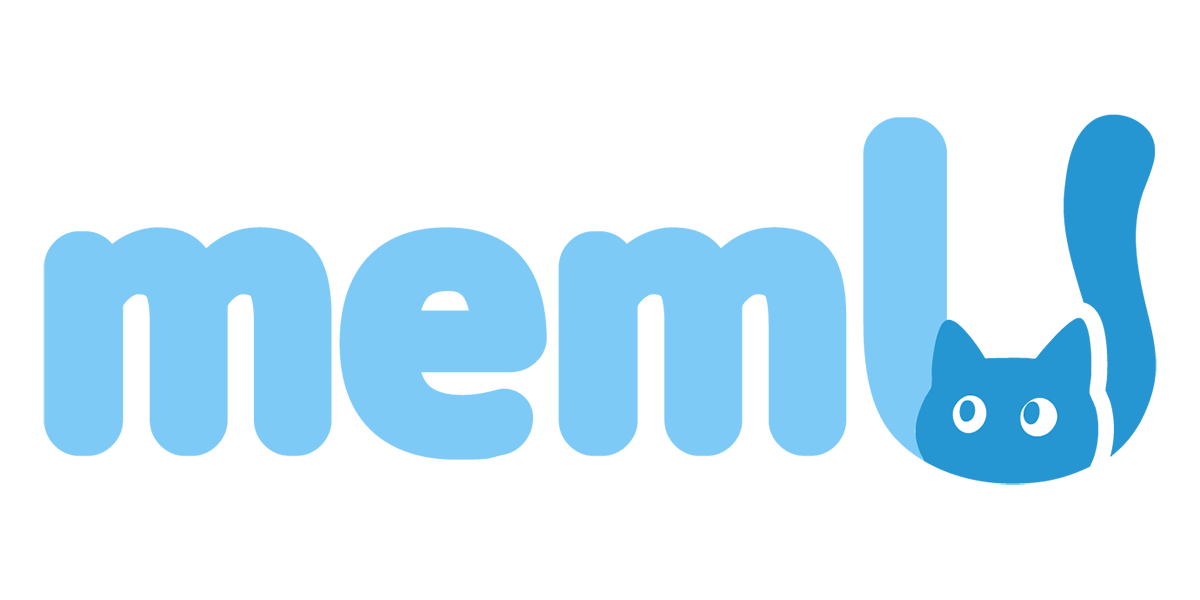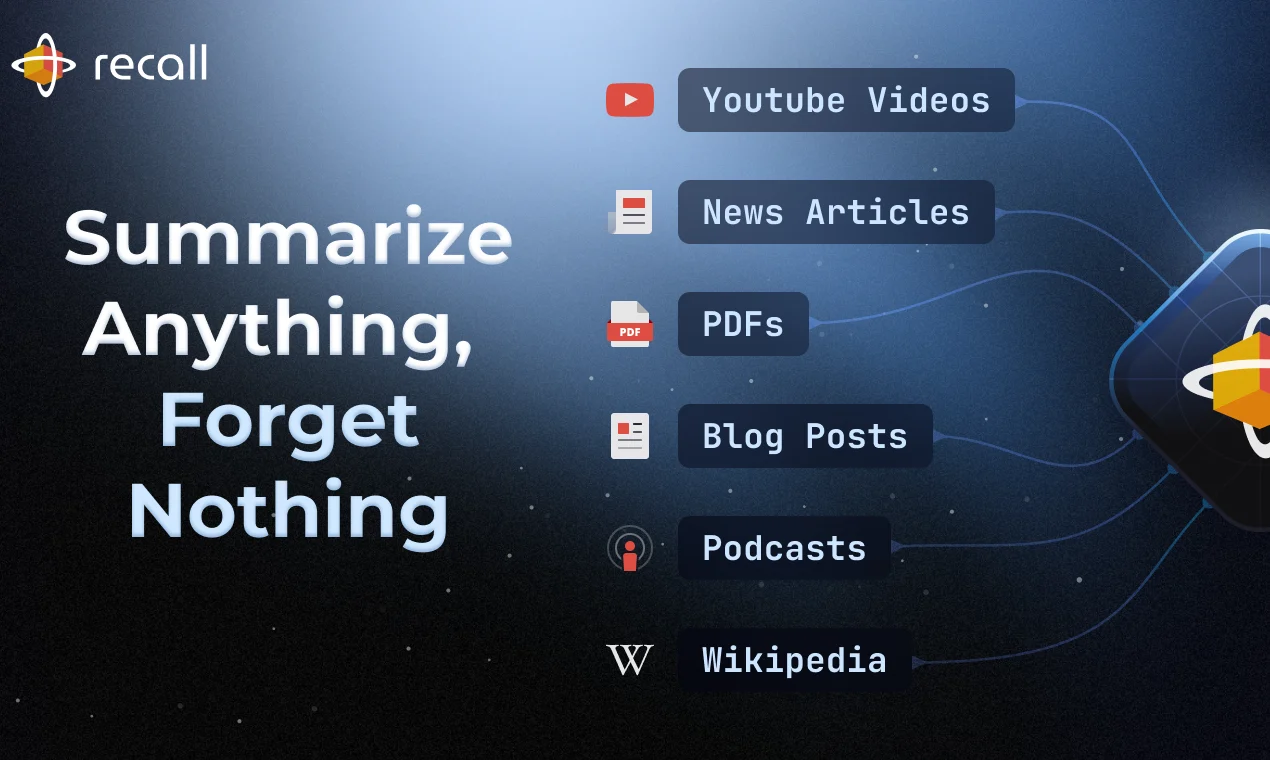- AI Breakfast
- Posts
- OpenAI Rolls Back GPT-4o as Default After Feedback
OpenAI Rolls Back GPT-4o as Default After Feedback
Plus, New AI Breakfast Q&A Section!
Good morning. It’s Wednesday, August 13th.
On this day in tech history: In 1994, SCO streamed the first scheduled live concert over the Internet, from UC Santa Cruz’s Cowell Courtyard via the MBone and early Web protocols. It marked a pioneering fusion of networking and media, foreshadowing today’s AI-driven compression, streaming, and recommendation systems.
In today’s email:
New Q&A Section!
OpenAI Backtracks on GPT-5
Perplexity Bids for Chrome
Felix AI Bot
5 New AI Tools
Latest AI Research Papers
You read. We listen. Let us know what you think by replying to this email.
No ad today, because we’re introducing:
AI Breakfast Q&A
Every edition, we’ll answer real questions from AI Breakfast readers—practical, weird, and everything in between. Got something you’ve been wondering about AI? Looking for a specific tool? Hit “reply” to this email and ask! We may feature it in the next edition!
Today’s questions (received in the last week):
Roland B. asks: I’m interested in making short YouTube videos using AI. What would be the best resource to start for a beginner? And what can I use for audio as well? As a compete beginner, I would point you towards using Midjourney.com for image and short video generation. You can get a plan for about $30/mo that lets you generate tons of images and dozens of video shorts. Try dragging the image you like up to the prompt bar as a “starting image” and then prompt the action you want to see in the video. For audio (FX and voice over) Elevenlabs.io is probably the simplest, as you can prompt sound effects out of text and they have the largest voice library to choose from. You can try it for free, and I believe their paid plans start at $5.
Aditya P. asks: Is there a good AI program for Excel spreadsheets? Claude can generate spreadsheet data that you can download directly from the chat interface, and ChatGPT can too! For inputing functions that include AI analysis, check out Numerous.ai or gptforwork.com
Cristobal V. asks: Who do you think will have the best AI model by end of the year? Hard to say. Right now Polymarket has Google in the lead, followed by xAI. Though the “most used” models will likely remain in ChatGPT due to having the largest userbase and app usage of the three. My money would be on xAI due to their aggressive buildout of Colossus.
Reply to this email with your question and it may get featured!
On to the news…

Today’s trending AI news stories
OpenAI backtracks on GPT-5 push, restores GPT-4o default
A week after its August 7 debut, CEO Sam Altman confirmed GPT-4o is once again the default model for all paying ChatGPT tiers, removing the “legacy models” toggle. A new “Show additional models” option, on by default, restores GPT-4.1, o3, and o4-mini, while GPU-heavy GPT-4.5 remains exclusive to Pro subscribers. GPT-5, initially positioned as a unified “one-size-fits-all” system with an automatic router, now includes manual “Auto,” “Fast,” and “Thinking” modes, with “Thinking” capped at 3,000 weekly messages. The shift was in response to complaints about routing glitches and performance inconsistencies.
Updates to ChatGPT:
You can now choose between “Auto”, “Fast”, and “Thinking” for GPT-5. Most users will want Auto, but the additional control will be useful for some people.
Rate limits are now 3,000 messages/week with GPT-5 Thinking, and then extra capacity on GPT-5 Thinking
— Sam Altman (@sama)
1:19 AM • Aug 13, 2025
Altman promised “plenty of notice” if GPT-4o is ever removed again, and hinted that GPT-5 will soon have a warmer personality and, later, options for users to customize it. OpenAI also plans to double its computing power within five months, first boosting limits for paying users, then expanding API capacity, and finally improving the free tier.
Beyond core LLM work, Altman is co-founding Merge Labs, an $850M brain-computer interface start-up taking direct aim at Elon Musk’s Neuralink. The company plans AI-driven, high-bandwidth neural links and is working with Alex Blania of Tools for Humanity, Altman’s iris-scanning digital ID project that “allows anyone to verify their humanness.” In a 2017 blog, Altman predicted such tech could arrive by 2025, writing, “We will be the first species ever to design our own descendants.” Read more.
Perplexity’s $34.5 billion gambit for Google’s Chrome could change the AI wars overnight
Perplexity AI has made a $34.5 billion bid for Google’s Chrome, a bold move that could flip the AI search race overnight. The offer, nearly twice Perplexity’s own $18B valuation, comes as the DOJ weighs forcing Google to sell Chrome after a 2024 ruling that it illegally monopolized search. With over 60% global browser share and 3.5 billion users feeding Google Search and its $2T ad business, Chrome is the most valuable piece of browser real estate on the market.

Aravind Srinivas is the CEO of Perplexity AI | Image by David Paul Morris / Bloomberg—Getty Images
The company frames the move as an antitrust-friendly takeover, pledging to keep Google as the default search engine while making switching easier. Its own AI-native Comet browser blends on-device processing for privacy with cloud-based models, GPT-4o, Claude 3.5, Gemini 2.5 Pro, and in-house algorithms, for instant summaries, tab automation, and on-page Q&A. CEO Aravind Srinivas calls Comet a “cognitive operating system.”
Valuations vary widely: DuckDuckGo’s CEO pegs Chrome at $50B, while some analysts place it closer to $20B. If approved, the deal would give Perplexity instant distribution to billions of users, reshaping the competitive balance in AI search. Google has resisted any divestiture, warning it would harm innovation, privacy, and service integration, and is lobbying for narrower remedies such as ending exclusive search agreements. Read more.
Anthropic Arms Claude with Memory, Million-Token Context, and $1 Federal Deal
Anthropic has rolled out a series of aggressive upgrades and strategic plays this week. The company has launched an on-demand memory feature for its Claude chatbot, allowing users to search, retrieve, and summarize past conversations for project continuity. Unlike ChatGPT’s persistent memory, Claude’s recall activates only when requested, with histories separated by project and workspace. The feature is now available to Max, Team, and Enterprise subscribers across platforms.
Claude can now reference past chats, so you can easily pick up from where you left off.
— Claude (@claudeai)
7:04 PM • Aug 11, 2025
On the technical front, Claude Sonnet 4’s API context window has been quintupled to one million tokens, enough for 2,500 pages of text or 75k–110k lines of code, on Anthropic’s API, Amazon Bedrock, and soon Google Cloud Vertex AI. Developers can now load entire codebases or datasets into a single prompt, with effective context retention tuned for long-horizon “agentic” coding. Costs double above 200k input tokens, but caching and batch processing can halve expenses.
Finally, Anthropic is offering Claude to U.S. federal agencies for $1, matching OpenAI’s pricing in a race to secure government AI contracts. Anthropic is also courting the public sector, offering Claude to U.S. federal agencies for $1, matching OpenAI’s pricing in a race to secure government AI contracts. Read more.
Figure AI’s Helix bot masters laundry with true autonomy
Figure AI has shown its Figure 02 humanoid robot folding laundry fully autonomously, powered by its Helix neural net. Unlike Tesla’s Optimus, which earlier performed the same task via teleoperation, Helix required no model architecture changes, only new training data. The same neural net used in logistics was repurposed for laundry, guided by natural language commands and live visual input.
Figure 02 could pick up clothes, fold them, and maintain naturalistic interactions like eye contact and hand gestures. Operating washing machines remains out of scope for now, but CEO Brett Adcock says home trials are planned this year. Read more.

The hidden mathematics of AI: why your GPU bills don't add up
Zhipu AI Debuts GLM-4.5V, an Open Multimodal Model That Tops 40+ Benchmarks
Nvidia’s Physical AI marries Blackwell GPUs, 3D simulation, and reasoning models
Bytedance's Seedance Pro offers unlimited free AI video and zero setup
Matrix-Game 2.0 Challenges DeepMind with Open-Source Interactive AI
Psychiatrist warns of AI-driven delusions as OpenAI's Sam Altman admits risks
Liquid AI wants to give smartphones small, fast AI that can see with new LFM2-VL model
Microsoft to integrate GitHub more closely with its CoreAI unit after key executive’s departure
The Trump administration is still trying to figure out the “legality” of its AI chip sales cut.
China’s robot dog sprints 328 feet in 16.33 seconds, breaks record
Mistral Rolls Out Medium 3.1, Now Default on Le Chat and API
Musk says xAI to take legal action against Apple over App Store rankings
Study shows chain-of-thought AI crumbles outside training comfort zone
AI-powered radar can spy on phone calls from 10 feet, exposing new privacy risks
Study warns of security risks as 'OS agents' gain control of computers and phones

5 new AI-powered tools from around the web

arXiv is a free online library where researchers share pre-publication papers.


Thank you for reading today’s edition.

Your feedback is valuable. Respond to this email and tell us how you think we could add more value to this newsletter.
Interested in reaching smart readers like you? To become an AI Breakfast sponsor, reply to this email or DM us on 𝕏!




